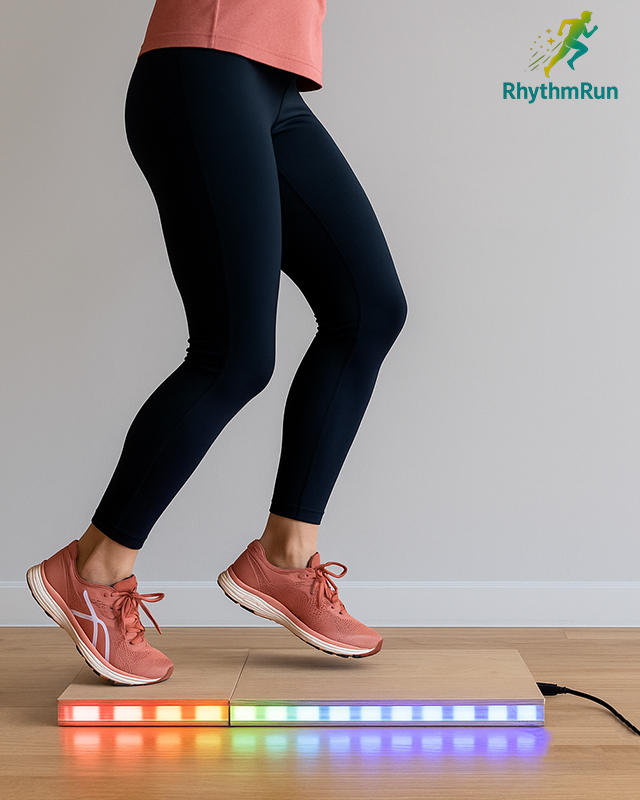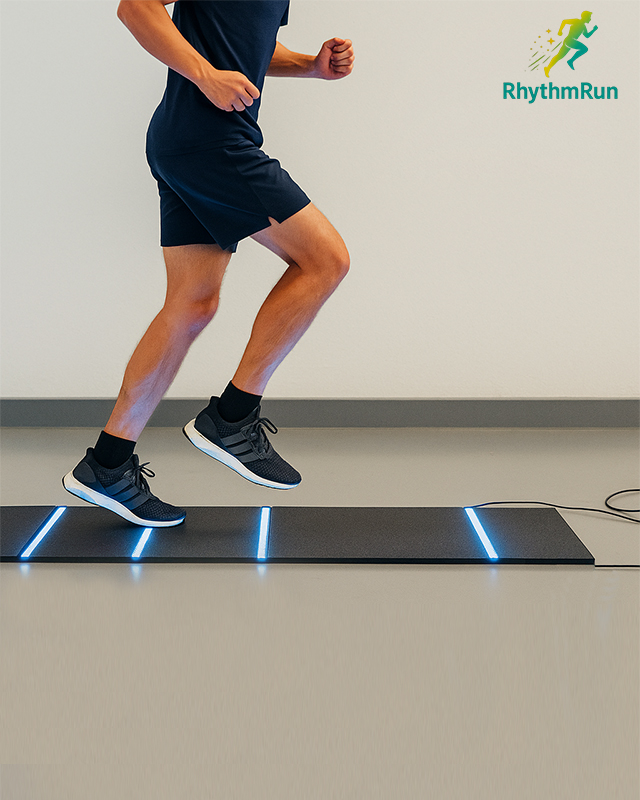Denzil Domnic Dsouza
Rhythm Run
RhythmRun begins with a playful question: What if the ground could listen back?
At first, the idea was rooted in sustainability — exploring whether footsteps could be harnessed to generate green energy, contributing to the UN Sustainable Development Goals. But as I began sketching ideas and building prototypes, something unexpected emerged. The real spark wasn’t in powering streetlights or feeding the grid; it was in the fleeting, shared bursts of energy people exchanged with each other.
The installation transforms ordinary walkways into interactive canvases. LED lights, pressure sensors, and soft audio cues turn each step into part of a living performance. A solitary runner at dawn might see gentle waves of blue flowing in time with their stride. Two strangers crossing paths could trigger a ripple of gold. In groups, the patterns form a kind of spontaneous choreography, weaving together light, sound, and human movement.
Designed for public spaces like parks, plazas, and promenades, RhythmRun invites casual encounters to become moments of connection. It’s simple and open: no app, no login, no data collection. The interaction fades as quickly as it appears, leaving behind only the feeling of having shared something.
The project sits at the crossroads of Interaction design, Speculative design, and Public art. Playful prototypes and imaginative scenarios are used to explore how technology can make public space feel more alive, inclusive, and inviting. Participants have responded with joy, curiosity, and suggestions for more responsive lights and layered sounds — ideas that will guide future high-fidelity versions.
At its heart, RhythmRun is a gentle nudge to pause, feel the pulse beneath your feet, and turn an ordinary walk/run or dance into a shared story written in light and motion.


